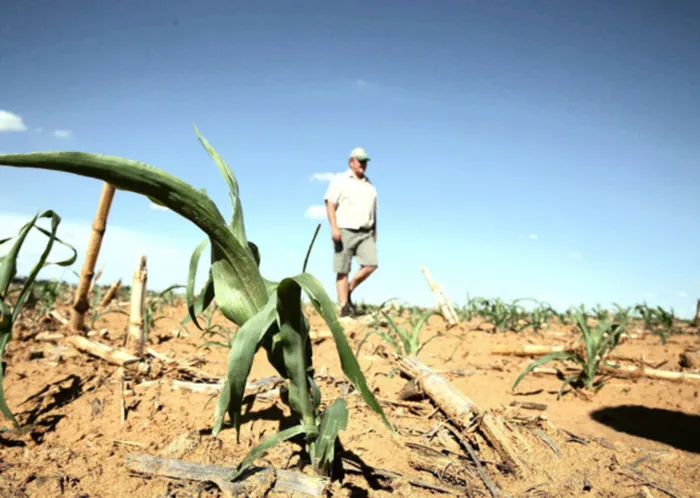Lower maize prices bring relief to South African consumers and farmers amid bumper harvest
AGRICULTURE

The Agricultural Business Chamber of South Africa (Agbiz) reported last week that we have currently entered a period of lower maize prices in South Africa benefitting consumers and livestock farmers.
Image: Siphiwe Sibeko / Independent Newspapers.
South Africa has entered a period of lower maize prices, offering relief to consumers, livestock farmers, and poultry producers following a bumper harvest that has boosted domestic supplies, according to the Agricultural Business Chamber of South Africa (Agbiz).
Agbiz chief economist, Wandile Sihlobo, said the decline in prices marks a favourable phase for households and key food-producing sectors.
“Looking at South Africa’s white maize spot prices they are down by over 35% from a year ago, trading at R3 595 per ton. In the case of yellow maize, the spot price is down by over 20% from a year ago, trading around R3 450 per ton,” Sihlobo said.
He said the notable drop reflects improved supply conditions in the domestic market.
“We have a sizable harvest in the 2024-25 season. The Crop Estimate Committee forecast South Africa’s maize harvest at 16.12 million tons, which is 26% higher than the crop for the 2023-24 season.”
South Africa’s annual maize consumption is estimated at about 12 million tons, meaning the country will remain a net exporter with a healthy surplus.
The notable decline in domestic maize prices illustrates the ample harvest. Moreover, the relatively slow pace of export activity has contributed to the decline in maize prices.
For the 2025/26 marketing year (aligned with the 2024/25 production season), maize exports are forecast at 2.24 million tonnes. However, export activity has lagged.
Between May and September 2025, South Africa exported just 650,897 tonnes, far below seasonal expectations.
“We are seeing softer demand in the African region, as some countries also have decent supplies. However, we will likely see more robust export activity later in the year and in early 2026, when some countries in the region have depleted their supplies,” Sihlobo said.
He added that maize prices might edge slightly higher toward the end of the season, but for now, South Africa remains in a low-price period.
Evashnee Naidu, KwaZulu-Natal regional manager of Black Sash, said the bumper harvest was welcome news for struggling South African households.
“This domestically means that this will have a significant impact on lowering the price of maize meal, which is a staple in households across South Africa,” Naidu said.
“Households have had to struggle with increased food inflation for years, and any decrease in basic food prices will go a long way to easing the food insecurity of the most impoverished households and those collecting social grants.”
Naidu added that whilst Black Sash acknowledges this significant shift with maize meal, they would still call on the government to do more to curb food inflation and ensure that households do not constantly find themselves struggling to make ends meet month-on-month.
Mervyn Abrahams, director of the Pietermaritzburg Economic Justice & Dignity Group (PMBEJD), said the group’s September Household Affordability Index showed similar easing trends across other food categories.
“This illustrated, to a degree, that there had been a surplus in the vegetable farming sector, and this was reflected in a price drop. We are often advised that one development in the food ecosystem does not have an immediate effect on the overall system,” Abrahams said.
“The news of a bumper harvest in the agriculture sector should be highly welcomed owing to the fact that maize is a staple diet for many households in the country, especially those in the low-income bracket.”
Siyanda Baduza, a researcher with the Basic Income Project at the Institute for Economic Justice (IEJ), said the drop in maize prices will have the greatest impact on poor households that depend on the staple.
“Therefore, a decrease in maize prices will be most felt by those households and provide welcome relief. Although maize is a large part of their diets, it alone cannot provide a nutritious basket, but lower prices do leave some room for savings to be spent on fruits, vegetables, and protein,” Baduza said.
BUSINESS REPORT